
How to Use SparkFun Voltage-Level Translator Breakout - TXB0104: Examples, Pinouts, and Specs
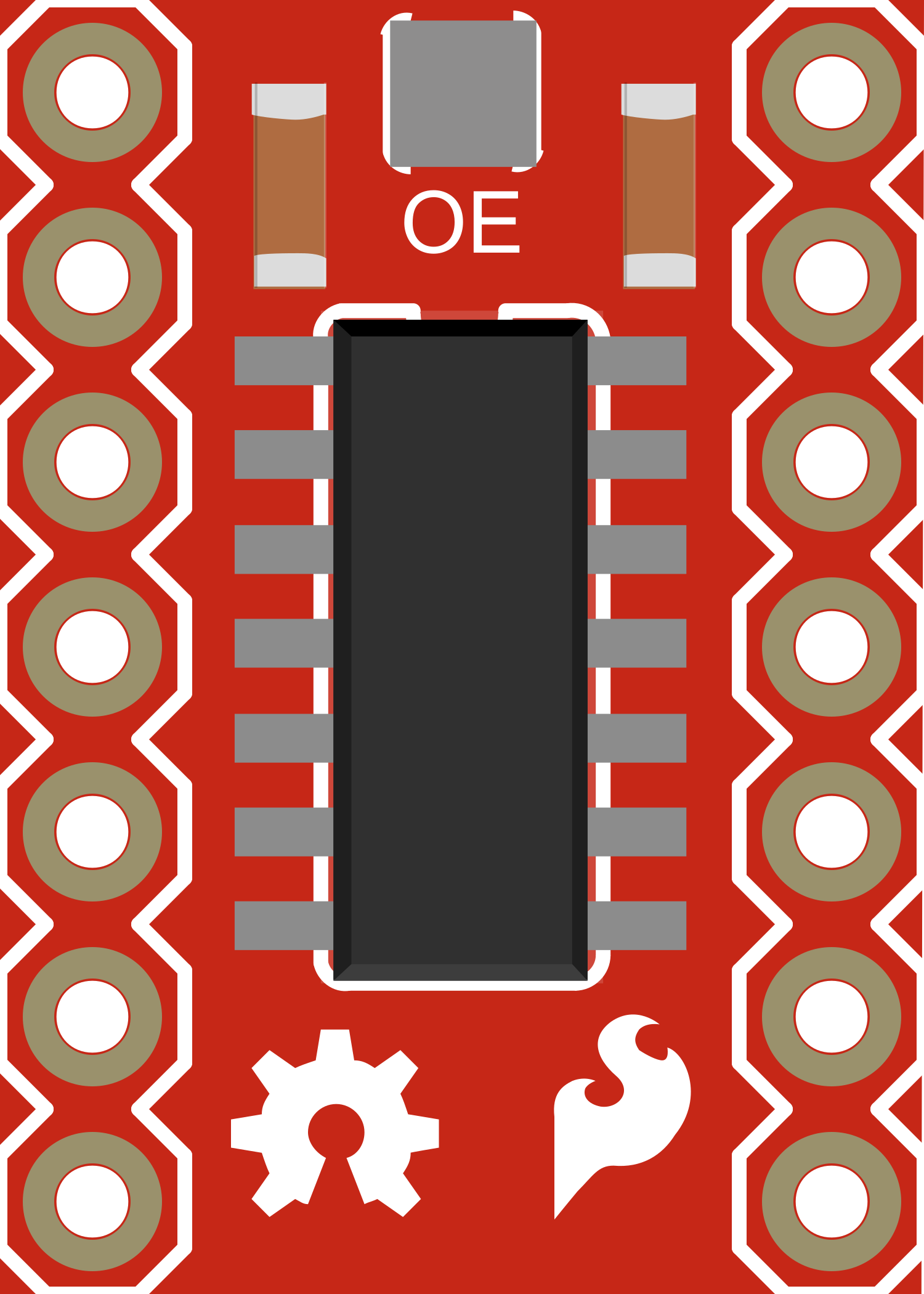
 Design with SparkFun Voltage-Level Translator Breakout - TXB0104 in Cirkit Designer
Design with SparkFun Voltage-Level Translator Breakout - TXB0104 in Cirkit DesignerIntroduction
The SparkFun Voltage-Level Translator Breakout - TXB0104 is a versatile and essential component for interfacing digital circuits operating at different voltage levels. This breakout board utilizes the TXB0104 chip from Texas Instruments, which is a 4-bit non-inverting level shifter. It allows for bidirectional voltage translation between high-voltage (HV) and low-voltage (LV) logic levels, ranging from 1.2V to 3.6V, making it ideal for applications such as connecting a 3.3V microcontroller to 5V sensors or vice versa.
Explore Projects Built with SparkFun Voltage-Level Translator Breakout - TXB0104
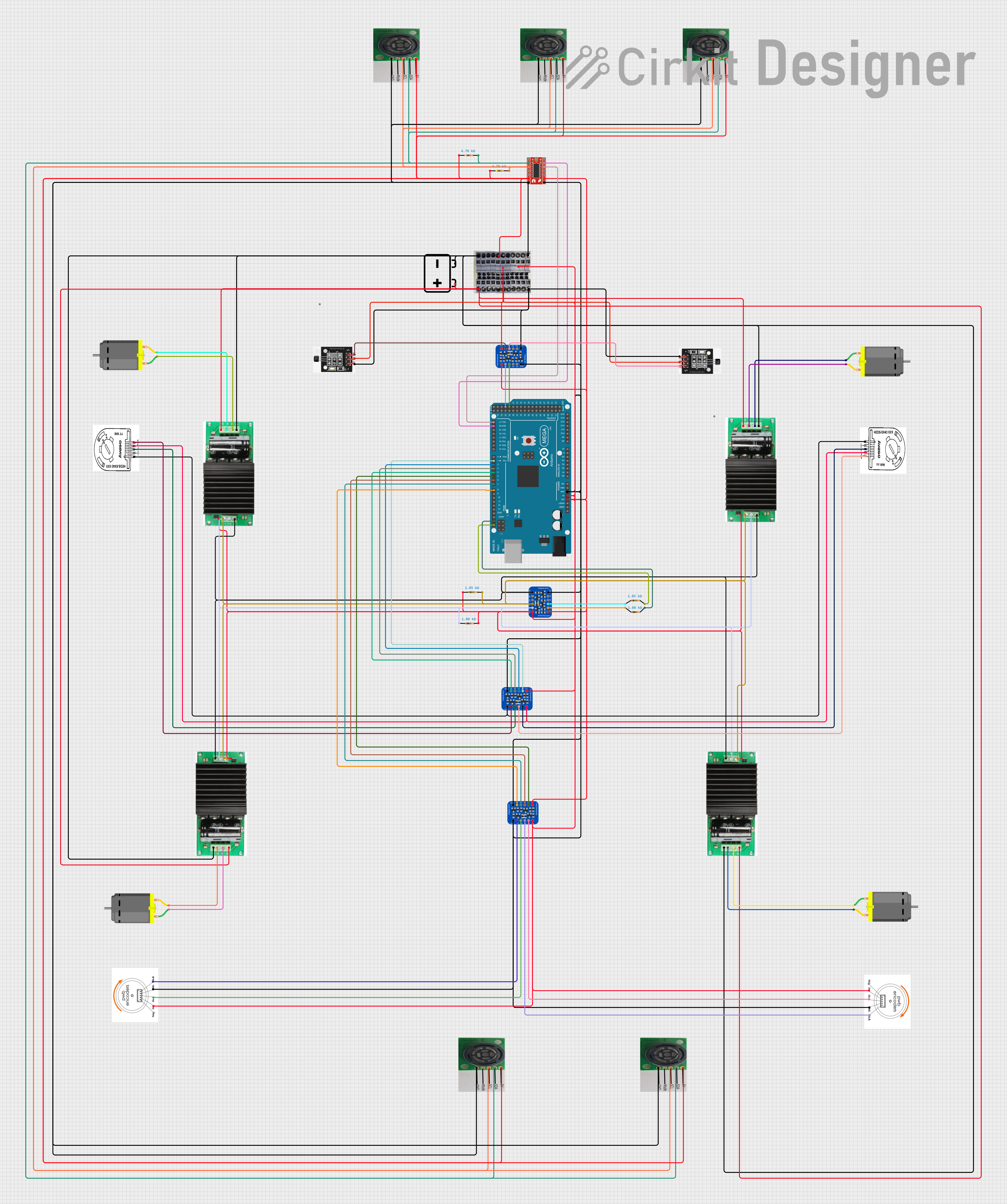
 Open Project in Cirkit Designer
Open Project in Cirkit Designer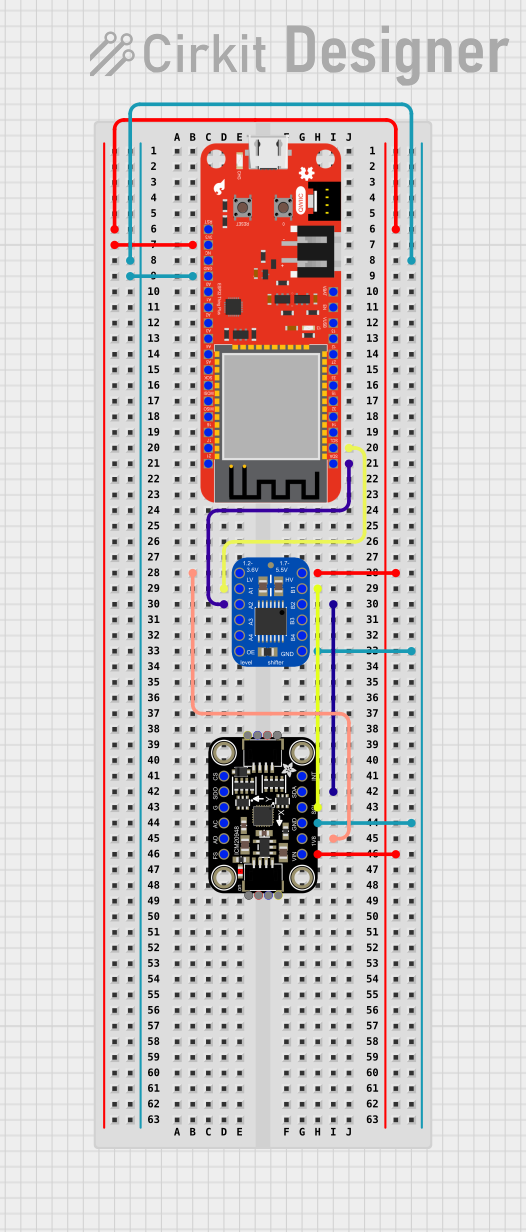
 Open Project in Cirkit Designer
Open Project in Cirkit Designer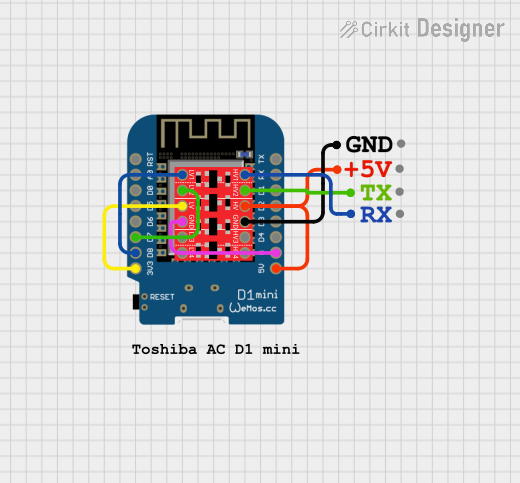
 Open Project in Cirkit Designer
Open Project in Cirkit Designer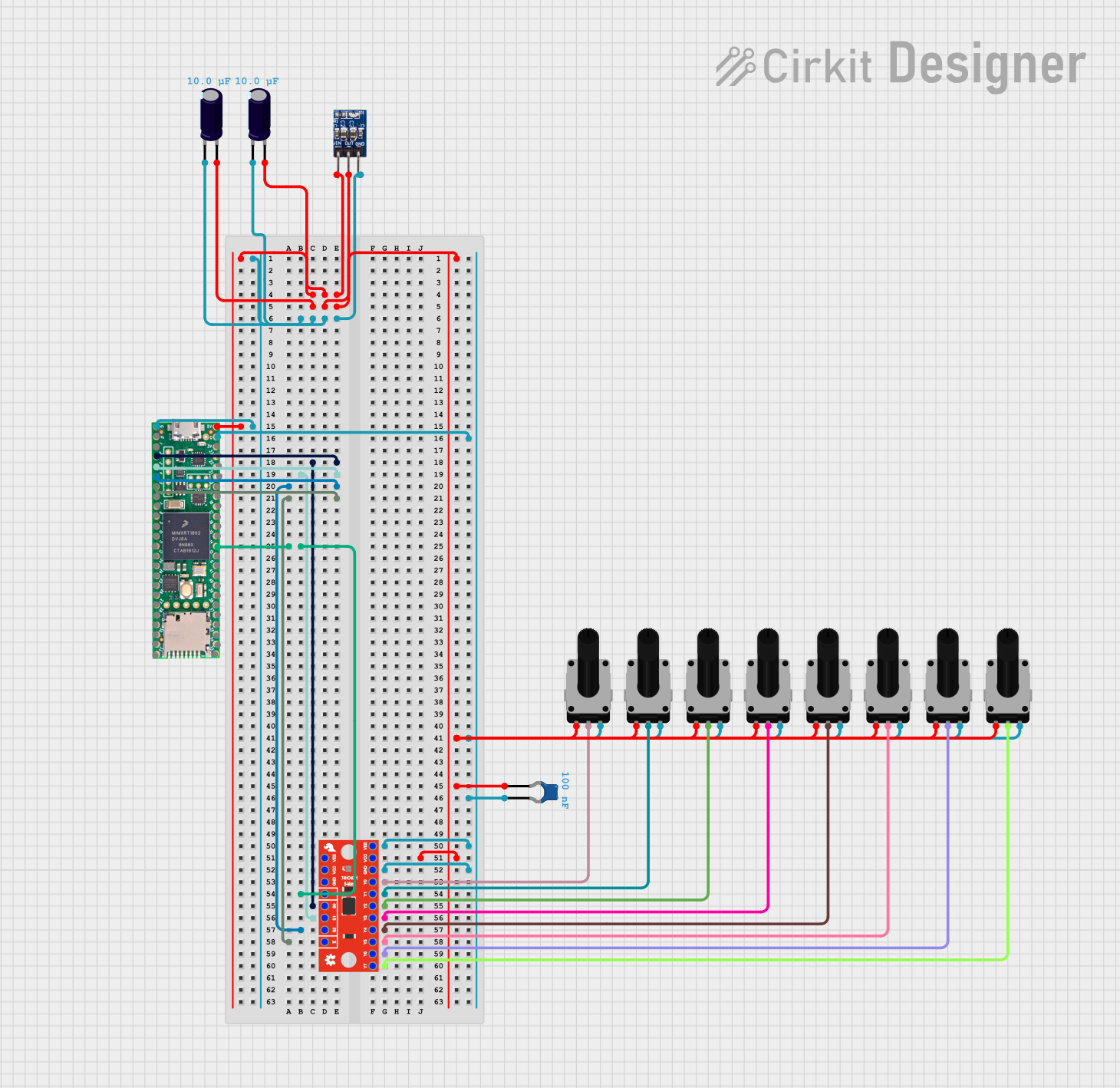
 Open Project in Cirkit Designer
Open Project in Cirkit DesignerExplore Projects Built with SparkFun Voltage-Level Translator Breakout - TXB0104

 Open Project in Cirkit Designer
Open Project in Cirkit Designer
 Open Project in Cirkit Designer
Open Project in Cirkit Designer
 Open Project in Cirkit Designer
Open Project in Cirkit Designer
 Open Project in Cirkit Designer
Open Project in Cirkit DesignerCommon Applications and Use Cases
- Interfacing microcontrollers with peripherals of different voltage levels
- Data communication between devices operating at different logic levels
- Prototyping with mixed-voltage systems, such as combining 3.3V and 5V devices
Technical Specifications
Key Technical Details
- Voltage Range (LV side): 1.2V to 3.6V
- Voltage Range (HV side): 1.65V to 5.5V
- Maximum Data Rates:
- 24 Mbps (Push-Pull)
- 2 Mbps (Open-Drain)
- Channels: 4 bidirectional
- Operating Temperature Range: -40°C to 85°C
Pin Configuration and Descriptions
| Pin Number | Name | Description |
|---|---|---|
| 1 | OE | Output Enable (active-high) |
| 2-5 | B1-B4 | HV side pins |
| 6 | GND | Ground connection |
| 7-10 | A1-A4 | LV side pins |
| 11 | V_CC | HV side supply voltage |
| 12 | V_CCA | LV side supply voltage |
Usage Instructions
How to Use the Component in a Circuit
Power Connections:
- Connect V_CCA to the lower voltage supply.
- Connect V_CC to the higher voltage supply.
- Connect GND to the common ground of both voltage sources.
Signal Connections:
- Connect the LV logic signals to A1-A4.
- Connect the HV logic signals to B1-B4.
Output Enable:
- Connect OE to the higher voltage supply (V_CC) to enable the device.
- To disable the device, connect OE to GND.
Important Considerations and Best Practices
- Ensure that the voltage on the LV side does not exceed the voltage on the HV side.
- Avoid applying signals to the I/O pins when the device is not powered, as this can damage the chip.
- The OE pin must be high for the device to operate. If not used, connect it directly to V_CC.
- Decoupling capacitors (typically 0.1 µF) should be placed close to the V_CC and V_CCA pins to filter out noise.
Troubleshooting and FAQs
Common Issues Users Might Face
- Signal Integrity Problems: Ensure that the data rate does not exceed the maximum specified for the device.
- Device Not Working: Check that the OE pin is high and that the power supply voltages are within the specified range.
Solutions and Tips for Troubleshooting
- If the device is not functioning, first verify all power connections and signal connections.
- Check that the OE pin is properly connected to enable the device.
- Use an oscilloscope to verify that the voltage levels and signals are within the expected ranges.
FAQs
Q: Can I use the TXB0104 for I2C or SPI communication? A: The TXB0104 is suitable for SPI but not recommended for I2C, as it does not have the necessary open-drain configuration.
Q: What happens if I connect a voltage higher than 3.6V to the LV side? A: Exceeding the maximum voltage on the LV side can damage the device. Always ensure that the voltage levels are within the specified range.
Q: Is the TXB0104 breakout board compatible with an Arduino UNO? A: Yes, the TXB0104 can be used with an Arduino UNO to translate between 5V and 3.3V logic levels.
Example Arduino Code
// Example code for using the TXB0104 with an Arduino UNO
// This code assumes that the OE pin is tied to VCC and always enabled.
void setup() {
// Initialize the digital pin as an output.
pinMode(2, OUTPUT); // Corresponds to A1 on the TXB0104
}
void loop() {
digitalWrite(2, HIGH); // Set the pin to high (5V)
delay(1000); // Wait for a second
digitalWrite(2, LOW); // Set the pin to low (0V)
delay(1000); // Wait for a second
}
// Note: The actual logic level on the B1 pin will depend on the VCC voltage
// supplied to the TXB0104. If VCC is 3.3V, the high level will be 3.3V.
Remember to adjust the pin numbers and logic levels according to your specific application and the microcontroller you are using.